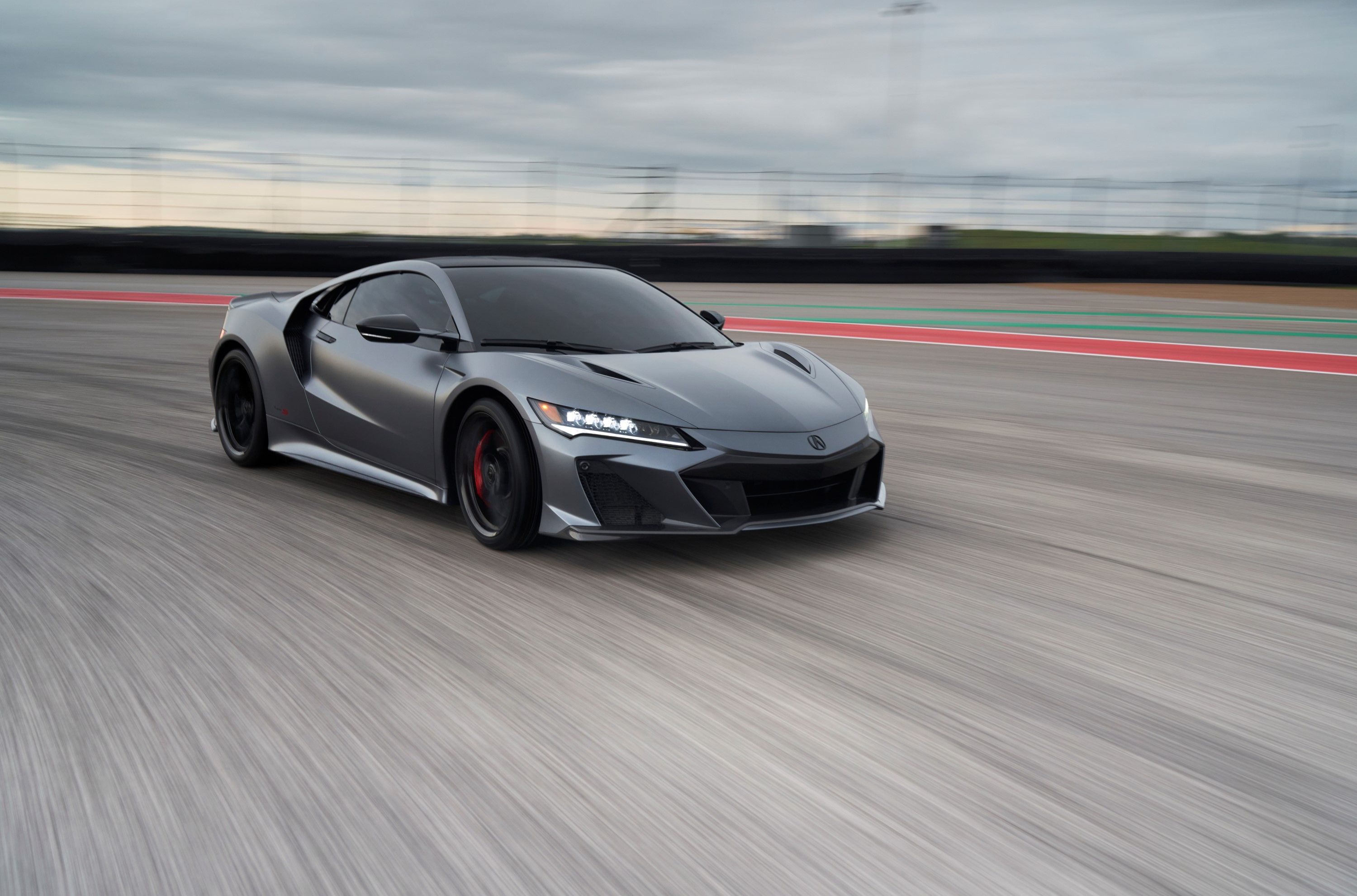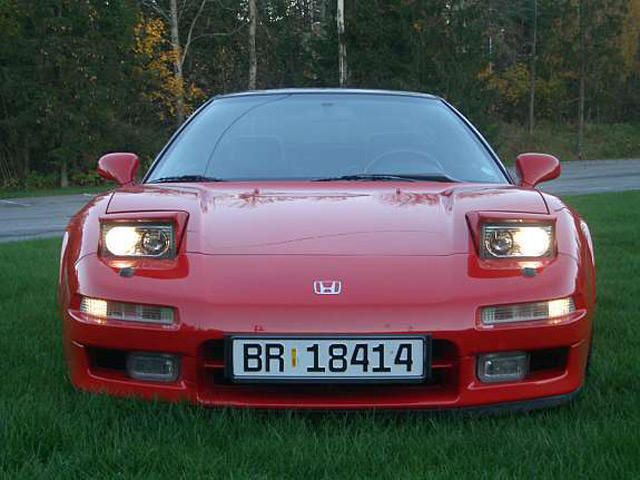
Or call it the Acura NSX if it makes you feel better. Regardless, it's still a Honda and it's the car that gave the likes of Ferrari and Lamborghini near fatal heart attacks in the early 1990s. Oh yeah, the late great Ayrton Senna also contributed to the NSX's chassis development. The mid-engined, rear-wheel drive NSX literally proved overnight that supercars can also have superb build quality. At the time, many Ferraris, for example, had interiors that looked and felt like drug store bought cardboard.
The NSX also set a new benchmark in terms of overall reliability, as many early model examples are still on the road today. Back in 1984, Honda asked legendary Italian design house Pininfarina to style their upcoming HP-X (Honda Pininfarina Xperimental) car. Like the eventual production version, this tester featured a mid-mounted V6. Not long after, Honda management decided to pursue the project in full, but knew the ultimate goal was for it to be faster than its targeted Italian and German competitors.
The original NSX benchmark was the Ferrari 328, but it had to have superior performance and build quality - all at a cheaper price. Because it couldn't handle the required performance, the 2.0 V6 was soon dropped in favor of the more powerful 3.0-liter VTEC V6. The exterior design was inspired by the 360 degree visibility of an F-16 fighter jet cockpit. Above all, the NSX was specifically meant to showcase Honda's F1 technologies. The NSX was also the first production car to have an all-aluminum monocoque body, complete with an aluminum alloy frame and suspension.
Not only did this body considerably cut weight (441 lbs.) over the steel alternative, the suspension reduced weight by an additional 44 lbs. Other advances included an anti-lock brake system, titanium connecting rods in the engine, and electric power steering. It's obvious that Honda invested a lot of time and money into the car's development. Testing took place at the Nurburgring and Japan's Suzuka race circuit with Japanese F1 driver Satoru Nakajima and Senna behind the wheel. The latter convinced Honda engineers to further stiffen the chassis in order to improve its cornering and handling capabilities.
The production version was revealed in 1989 at the Chicago and Tokyo Auto Show to rave reviews. Performance and power wise, the 3.0-liter VTEC V6 produced 270hp and could go from 0 to 60 mph in 5.03 seconds and had a quarter mile time of 13.47 seconds. Automotive publications throughout the world declared that Ferrari, Lamborghini and even Jaguar had been put on notice. Buyers could choose between a four-speed automatic or a five-speed (later a six-speed) manual. Early model year examples weighed a total of just 2,976 lbs. Throughout the NSX's lifetime, it also received some power upgrades and various special editions.
Production finally ceased in 2005, but the NSX name and legacy, just like that of Ayrton Senna, has never died. Fortunately, Honda has been fully aware of this (despite their withdrawal from F1 in 2008) and just last January they unveiled their all-new NSX concept. They have confirmed that it will go into production by the 2015 model year. The owner of this 1992 NSX has opted to keep it mostly original (this would also be our preferred choice). Only minor modifications have been done, such as lowering it by 1.5 inches, a set of new wheels, and a bodykit. He describes it as "simple and beautiful."
There are still many NSXs on the road today with more than 100,000 miles - you can't say that about many (or all) of the Ferraris from that era. And if Honda does things right, the next NSX may also become an exotic sports car legend. Photos courtesy of Wing-West-1.

